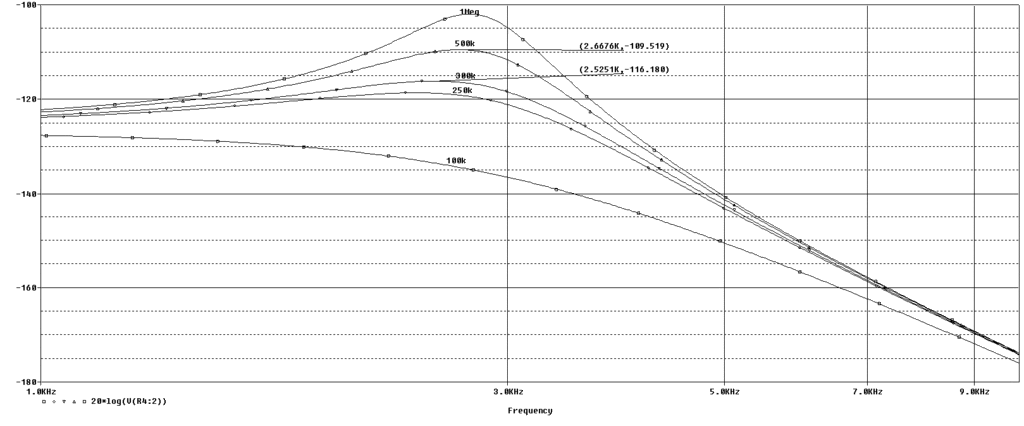I need enlightenment
The Gibson Les Paul (2001) is supposed to have 300k pots, I hear that changing these out to 500k pots is supposed to make a big difference.
IF I understand, a pot goes from near zero ohms to ground (off) up to "X" when all the way up. So, is 200k ohms gonna make s dramatic change? I realize we are dealing with very low voltage.
2nd question, is it then necessary to also change the tone pots?
too much marketing and misinformation out there for me to figure out
thx in advance
The Gibson Les Paul (2001) is supposed to have 300k pots, I hear that changing these out to 500k pots is supposed to make a big difference.
IF I understand, a pot goes from near zero ohms to ground (off) up to "X" when all the way up. So, is 200k ohms gonna make s dramatic change? I realize we are dealing with very low voltage.
2nd question, is it then necessary to also change the tone pots?
too much marketing and misinformation out there for me to figure out
thx in advance







Comment